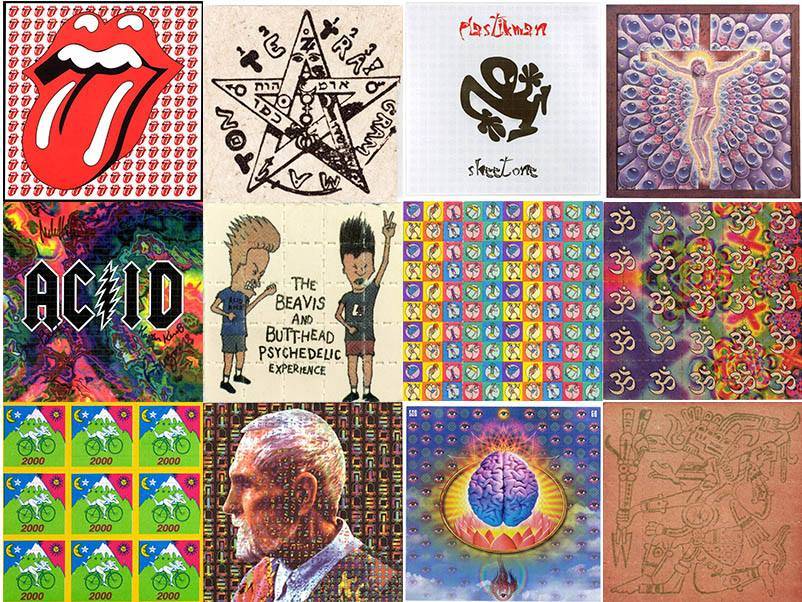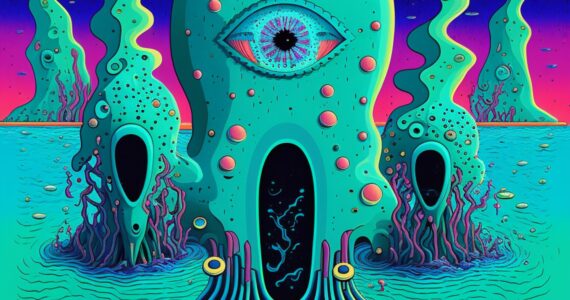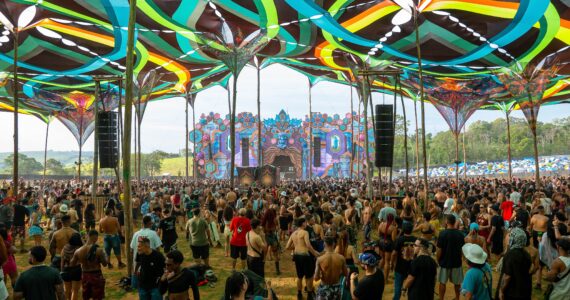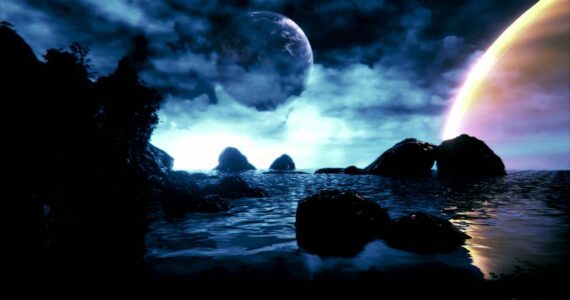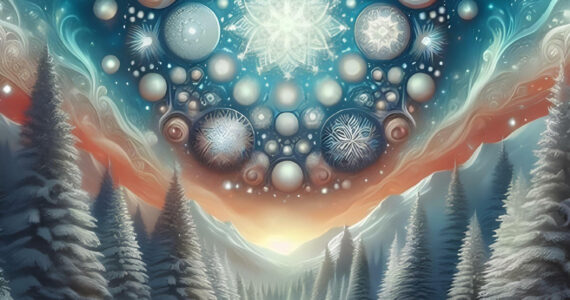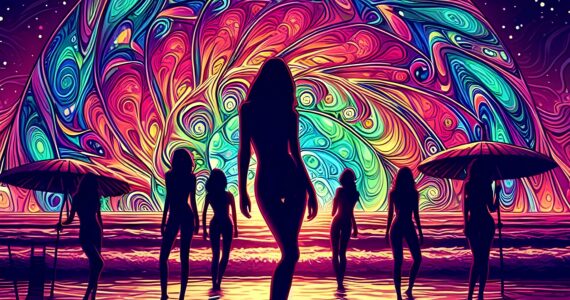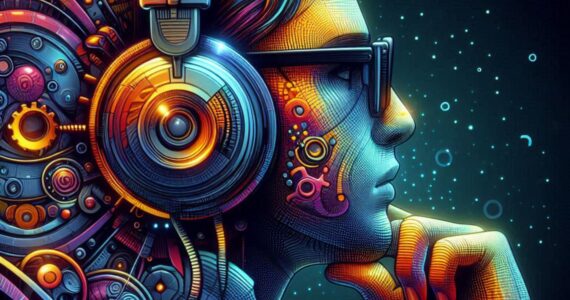LSD blotter art – How illegal drug distribution turned into art
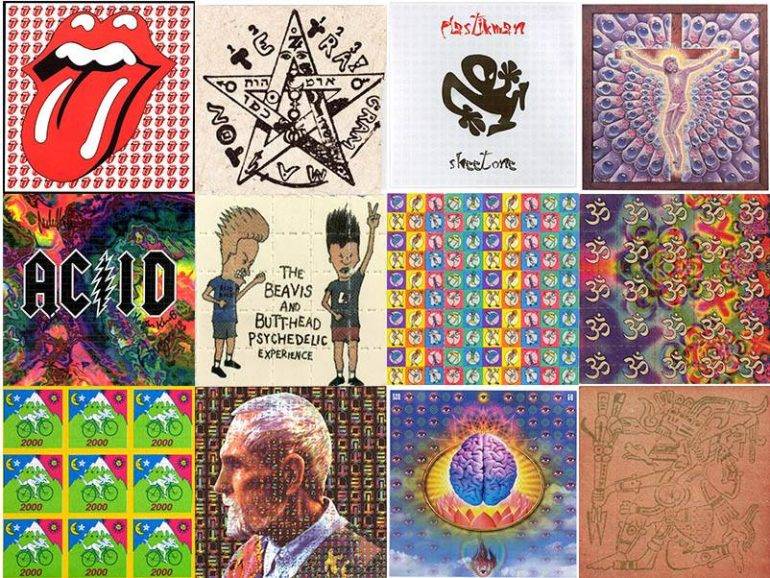
LSD blotter art – How illegal drug distribution turned into art
Can illegal drug distribution turn into an artform? Can collecting art get you in jail? And how did a system for labeling illegal substances turned into a way of preserving psychedelic culture’s history and a thriving collector’s’ market? And where can you learn about all that? Answers and a glimpse into almost 50 years of LSD art inside.
Albert Hofmann (11 January 1906 – 29 April 2008) was a Swiss scientist who was the first person to synthesize, ingest, and learn of the psychedelic effects of lysergic acid diethylamide (LSD), a drug that came to be synonymous with the 50s and 60s beatnik and hippy generations in The USA and worldwide. LSD was legal in the beginning including in The USA until it became illegal in California on October 6, 1966, and other states and countries soon followed.
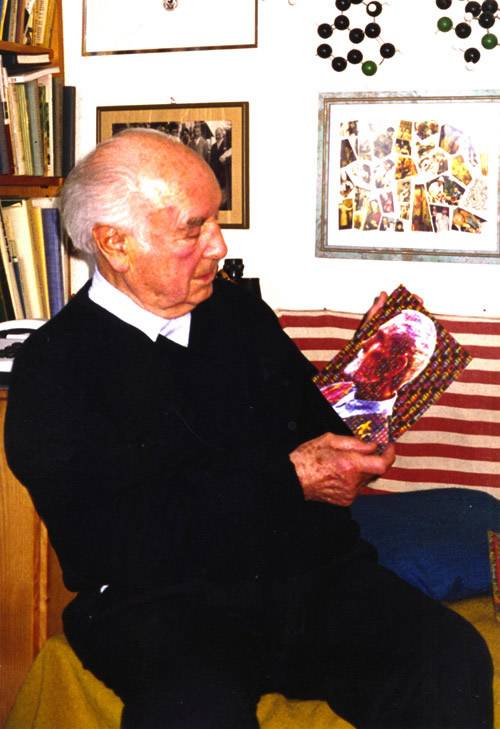
Albert Hofmann holding a Timothy Leary Blotter Art Sheet (via Blotter Barn)
While it was legal LSD was distributed mostly in liquid form and as pills, capsules, or sometimes dropped onto sugar cubes. It was available for purchase from Sandoz laboratories in Switzerland, where Hofmann worked and many medical applications were under research.
LSD blotter art – The illegal distribution
After the US government made LSD illegal people continued to use LSD, but it was manufactured and distributed through underground illegal channels. A popular way of distributing LSD was called “blotter”. It involved saturating absorbent blotting paper with liquid LSD. Later the papers were perforated along the lines of a grid so that doses could be torn apart easily, and small symbolic pictures were added to the paper to provide clues as to the origin of the LSD that paper contained. Not surprisingly, considering the substance it was used to distribute, the symbolic pictures gradually became creative and amazing designs, later gaining independent existence any many designs have never been used to actually distribute LSD.
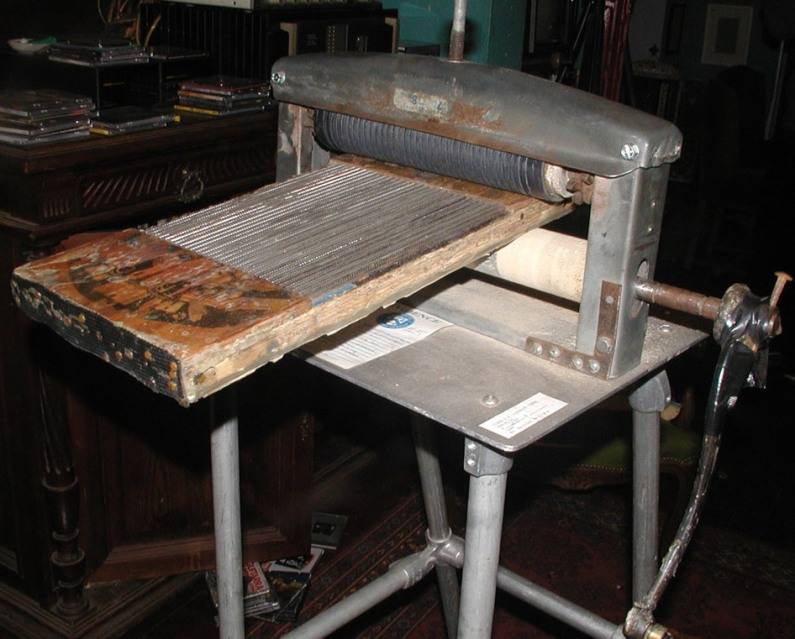
Original Perforating machine (via Blotter Barn)
The guy who originally gave space to blotter art and identified it as an art form was Mark McCloud, a San Francisco based artist and former art professor. His collection – part of which you can find on his website, Blotter Barn – started in the 70s and today he has over 400 framed prints and tens of thousands (!!!) of unframed sheets, constituting the largest collection of blotter art in the world.
LSD blotter art – The early days
In the early days blotter art could only be obtained with LSD already on it. McCloud bought these sheets, matted and framed them, and hung them like fine art. It was initially quite difficult for McCloud to collect the undipped (and hence legal) sheets of art, so he’d have to venture out into the underground and ask dealers if they could get him the same image on an undipped sheet, but over time he won people’s trust and managed to get hold of undipped sheets. Later on he also began to produce his own images and his collection has shifted to a completely legal blotter art archive.
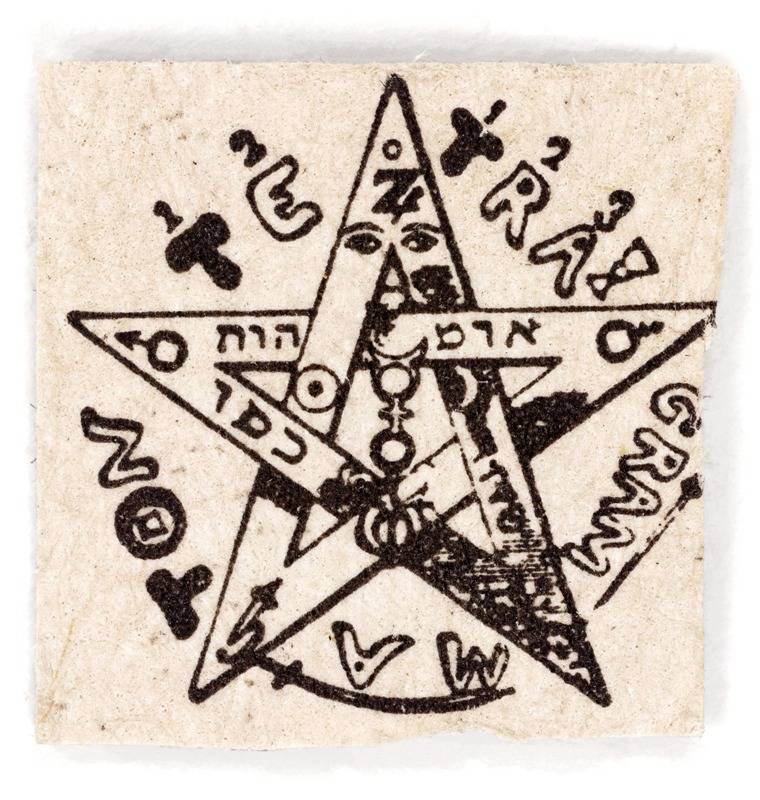
Tetragrammaton, 1977. (via Blotter Barn)
That did not prevent him from experiencing troubles with law enforcements agencies and he was prosecuted in 1992 and again 2003, but acquitted both times, after long and costly legal battles. You can learn more about McCloud and his collection by visiting his house in San Francisco, which hosts a free museum dedicated to it, which he calls: “The Institute of Illegal Images”.
Another person that took blotter art to a new dimension was Thomas Lyttle, who after a meeting with Mark McCloud, started my his own collection of undipped blotter art. After collecting for a while, he started to approach people central to psychedelic culture, such as Albert Hofmann, Timothy Leary, Ken Kesey and many others, and asked them to sign limited edition, hand-numbered blotter art prints. These then were matted and framed per museum display specs, and sold. This was the beginning of what has been termed “vanity” blotter art. That is, blotter art which has been produced solely for art’s sake as a collectible, and which was never intended to be dipped with any drugs. Some autographed vanity blotter art has been advertised for sale for thousands of Dollars.
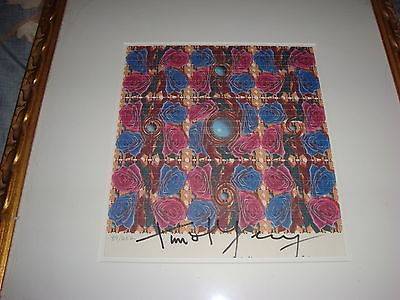
Timothy Leary signed blotter art “Rose & Pearls” by Mouse/Kelly (via Worthpoint)
These days blotter art seems to be thriving, there are websites dedicated to it, and it sells world wide, a thriving collector’s market exists too, and pieces are sold for very high prices, with no LSD involved in the process. A long way from how it all started almost 50 years ago.
Check a gallery of some LSD blotter art below:
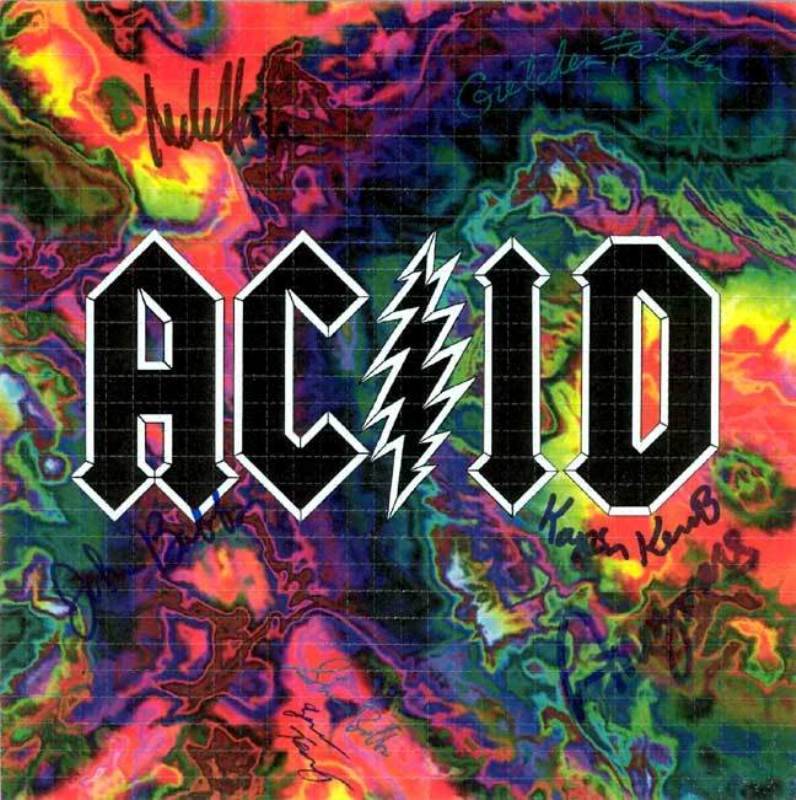
Blotter Sheet art signed by the Merry Pranksters. (source unknown)
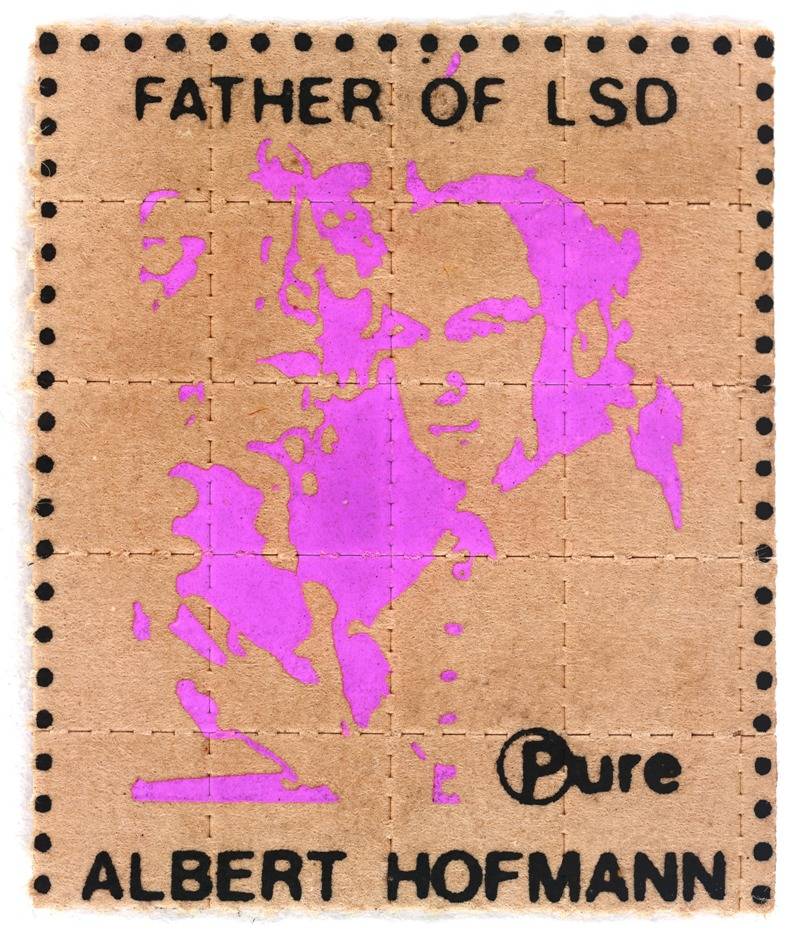
Albert Hofmann, 1984. (via Blotter Barn)
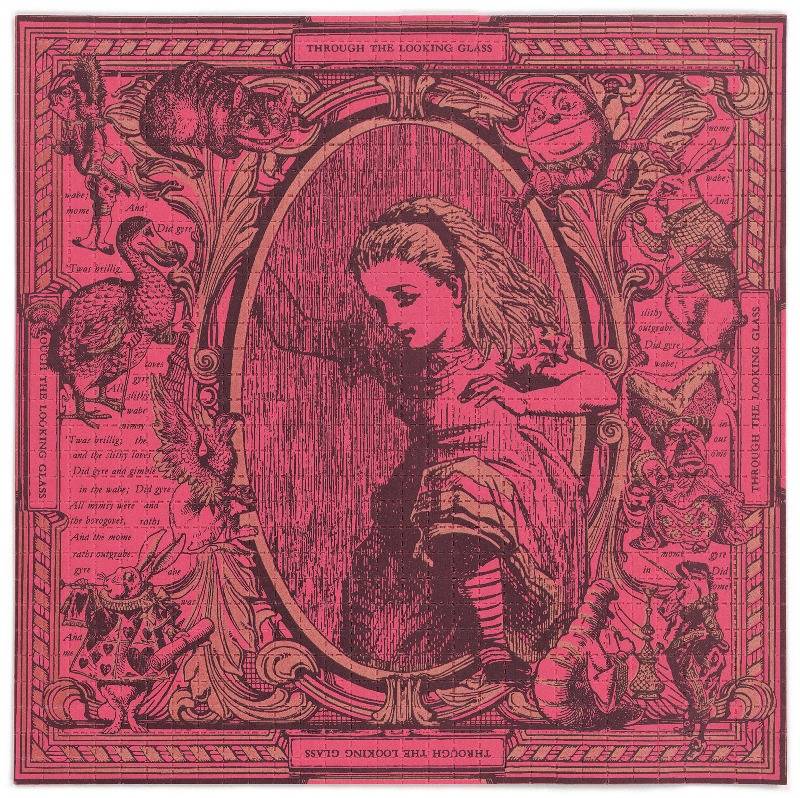
Alice through the looking glass, 1993. (via Blotter Barn)
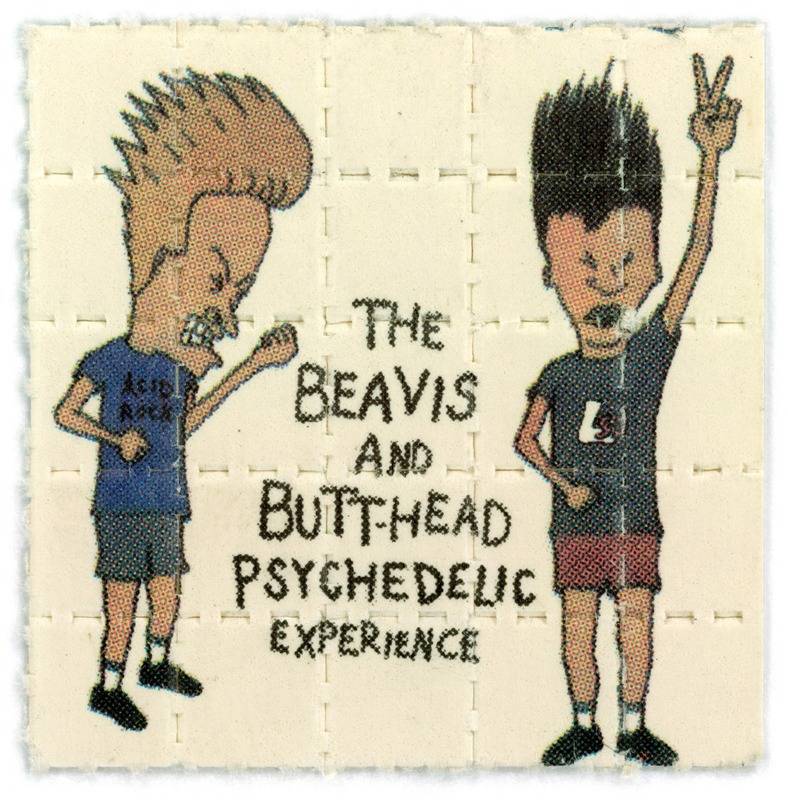
Beavis and Butthead, unknown. (via Blotter Barn)
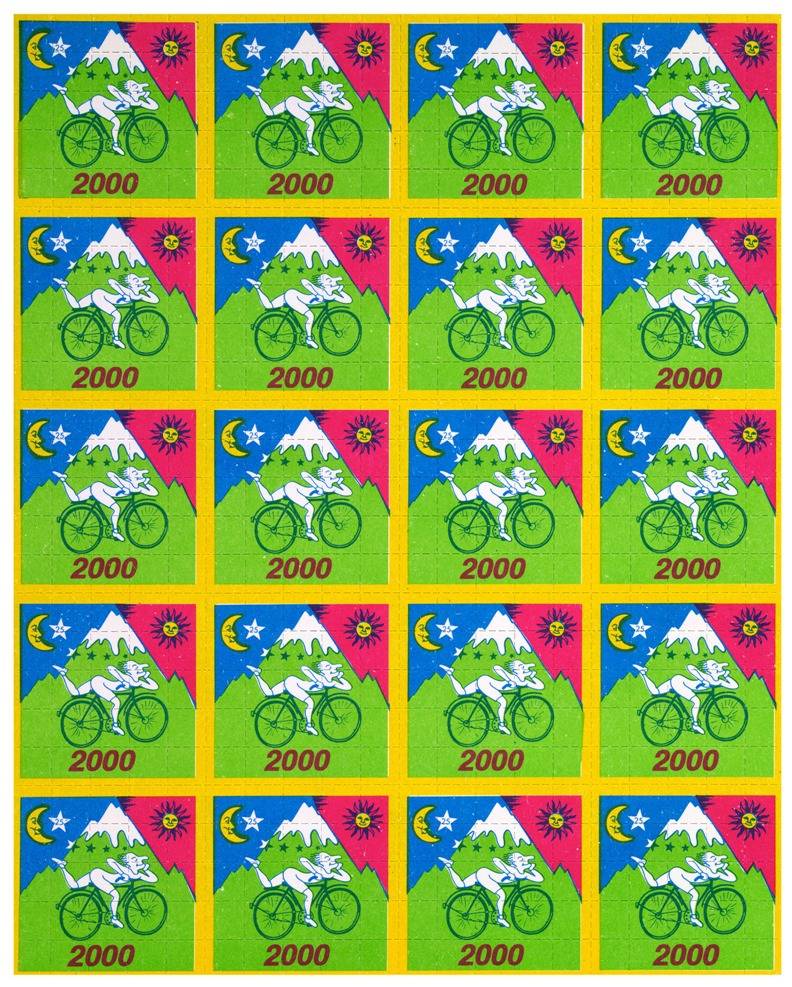
Bicycle Ride, 2000. (via Blotter Barn)
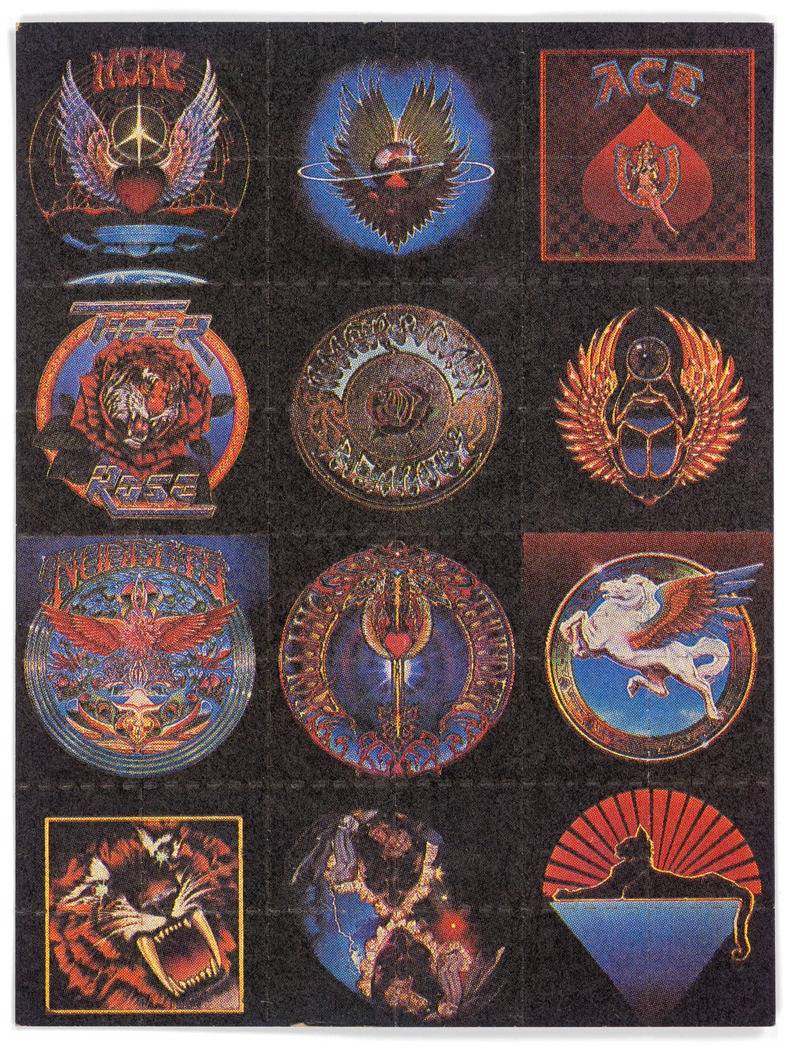
12 Greatful Dead album covers, 1985. (via Blotter Barn)
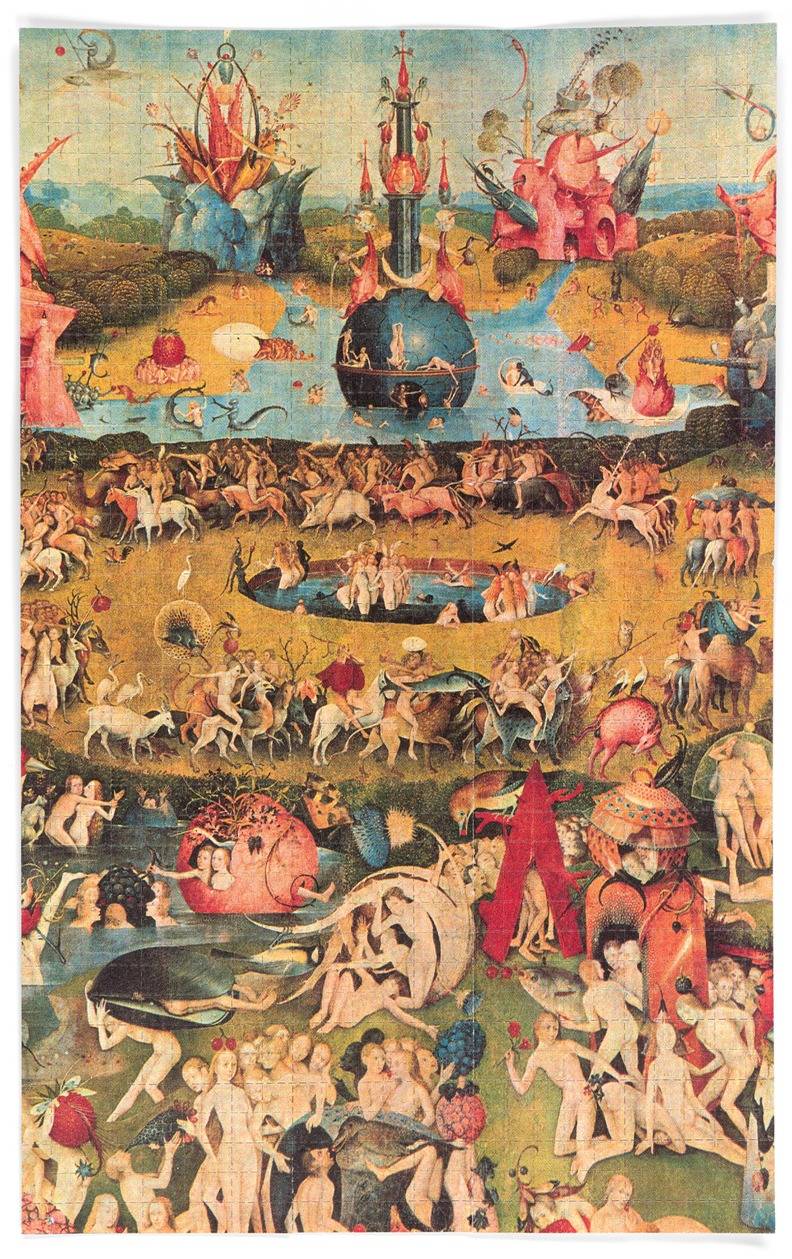
Hieronymus Bosch, 2008. (via Blotter Barn)
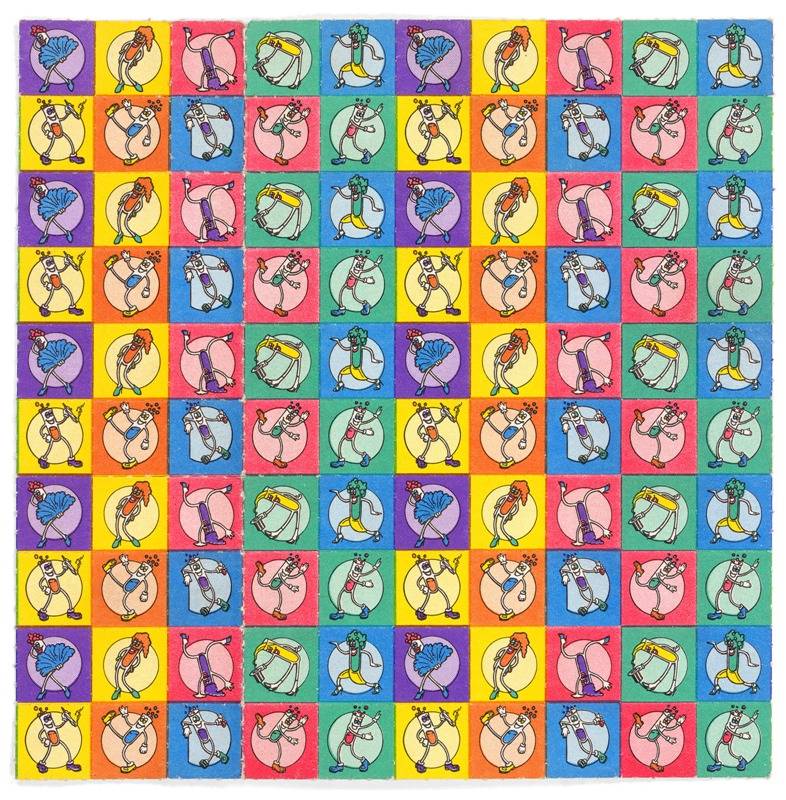
Dancing Test Tubes, 1988. (via Blotter Barn)
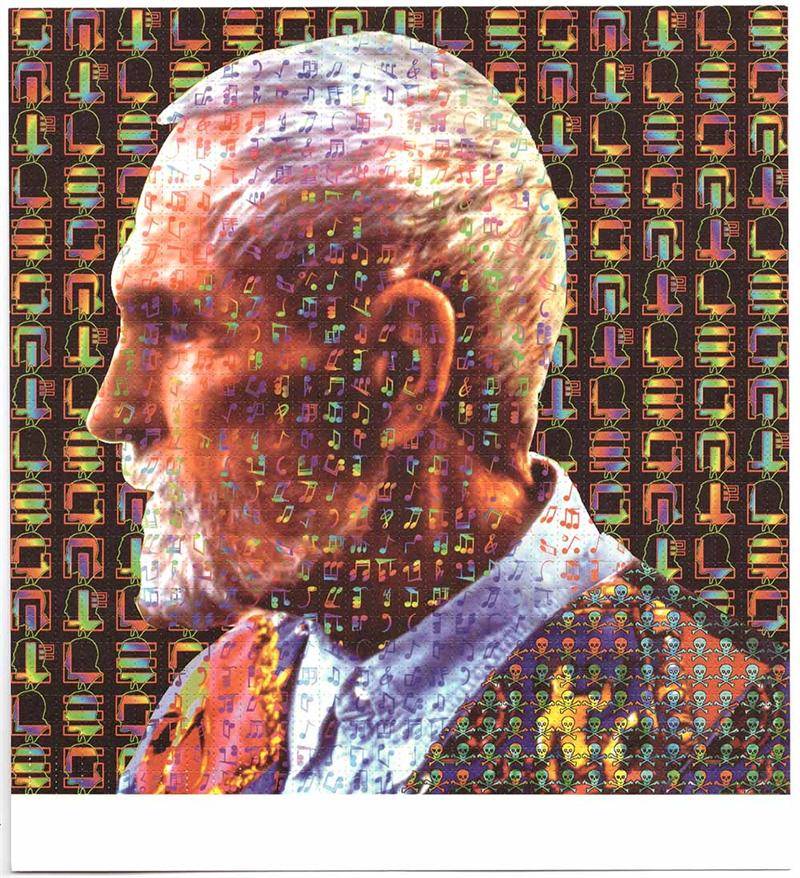
Timothy Leary Profile (By Mark McCloud)
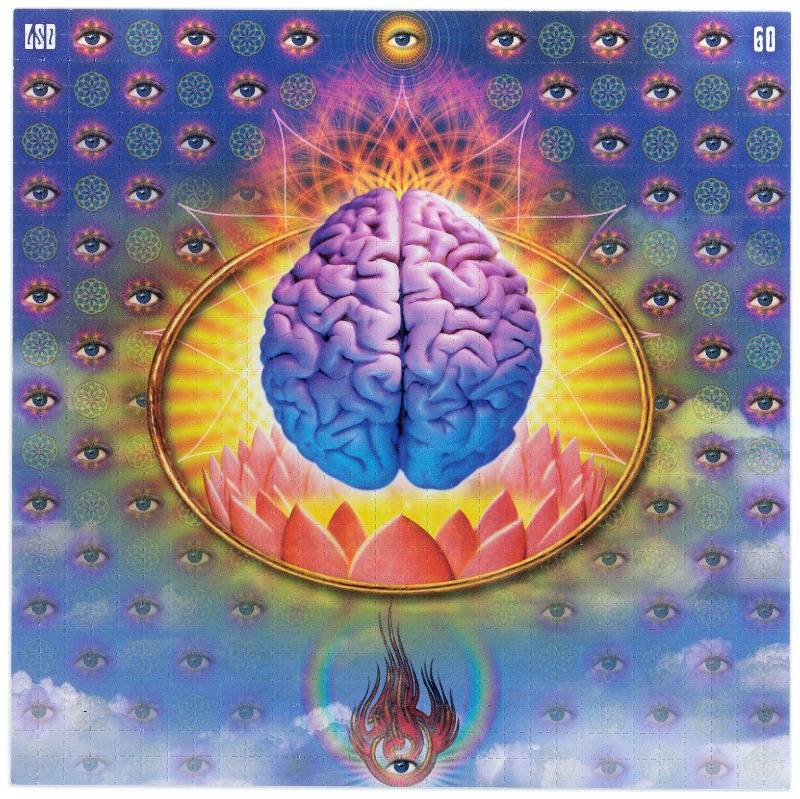
LSD Sixty, Unknown. (via Blotter Barn)
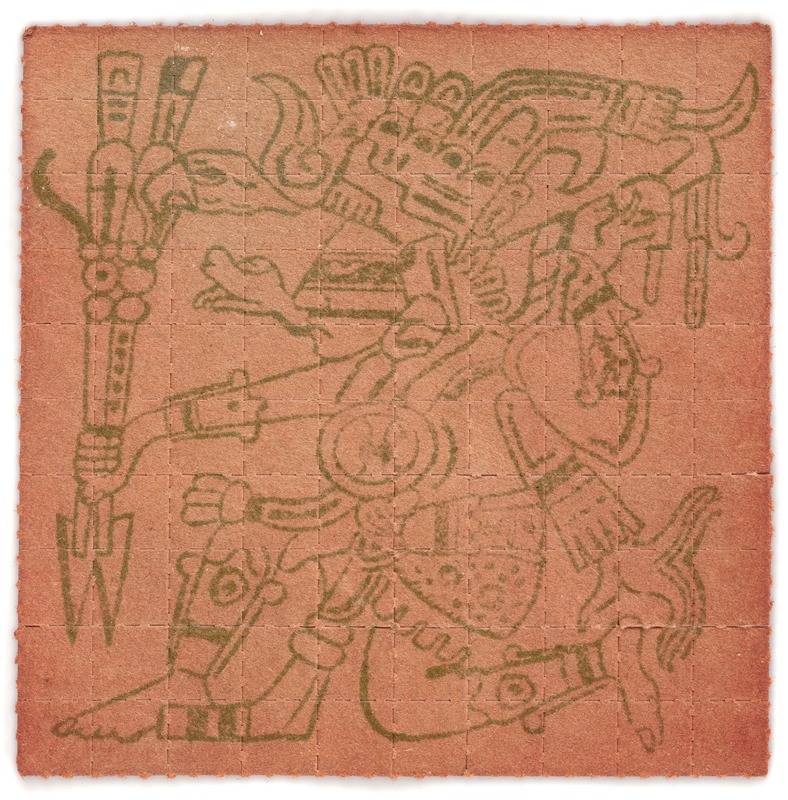
Mayan, 1984. (via Blotter Barn)
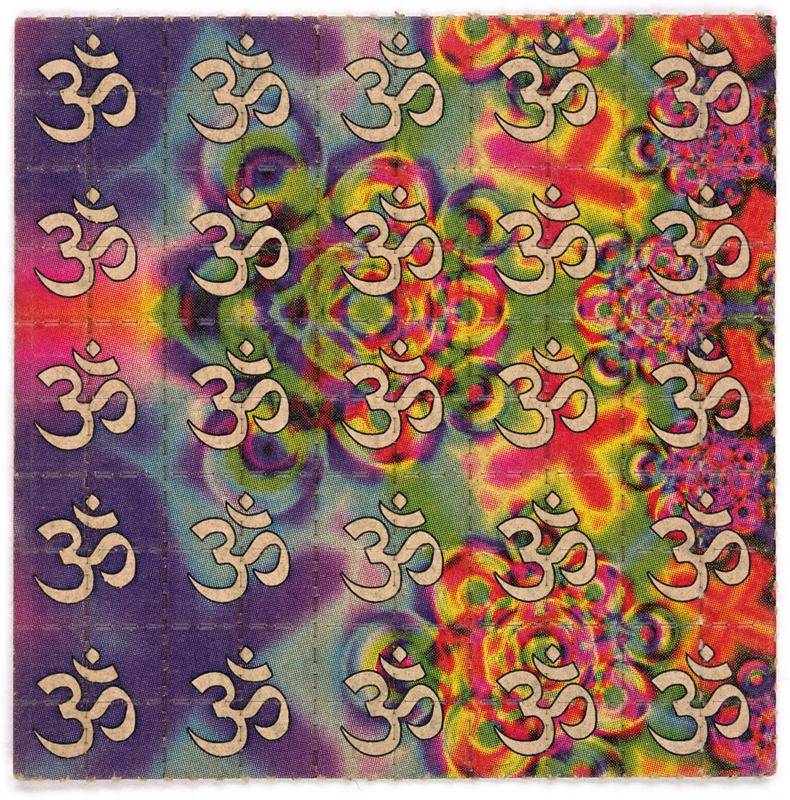
Om, 2006. (via Blotter Barn)
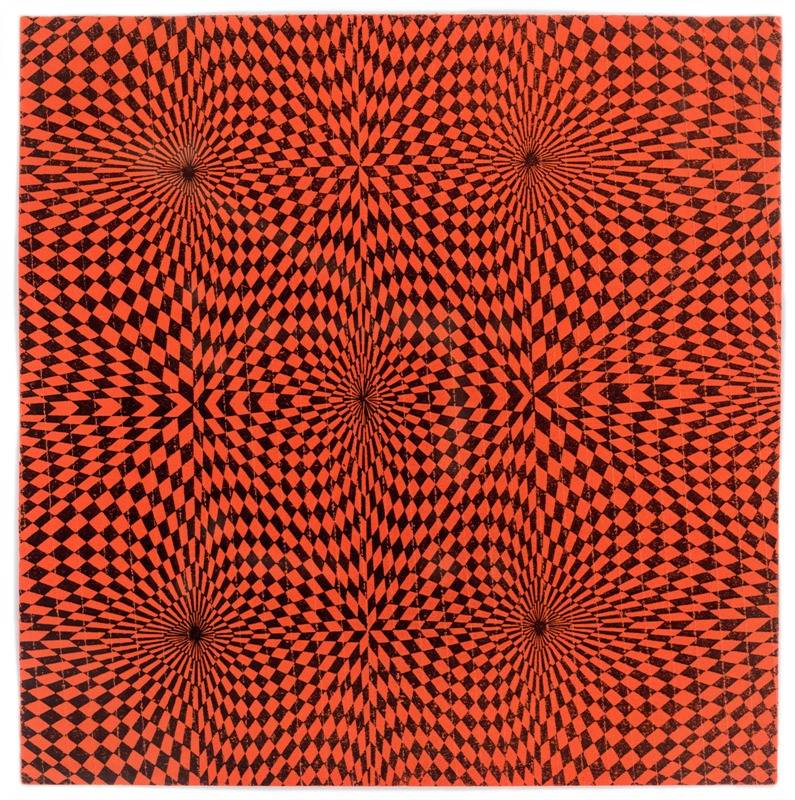
Orange Op, unknown. (via Blotter Barn)
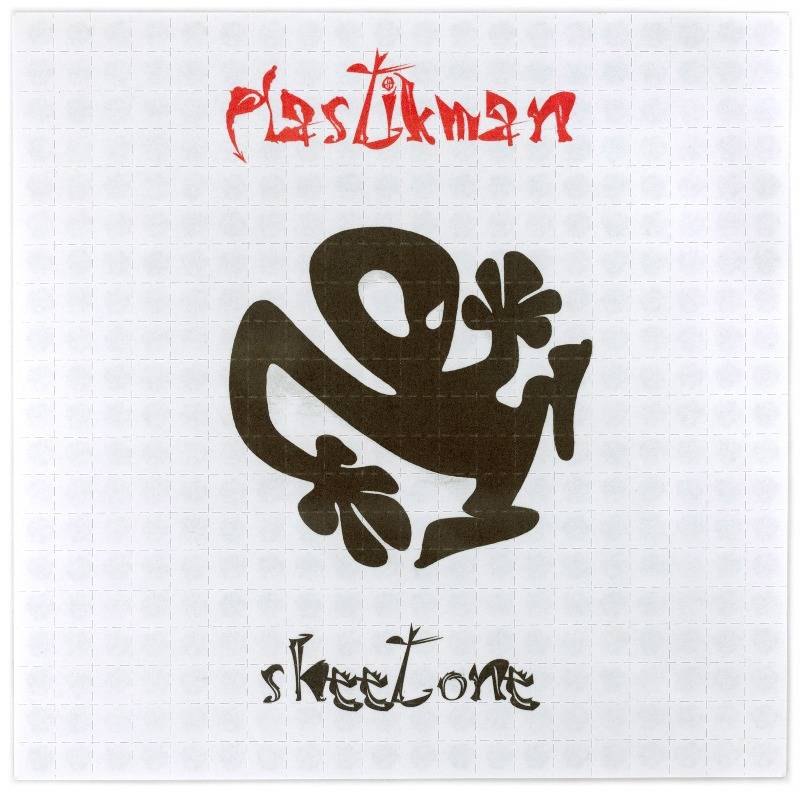
Plastikman, unknown (via Blotter Art)
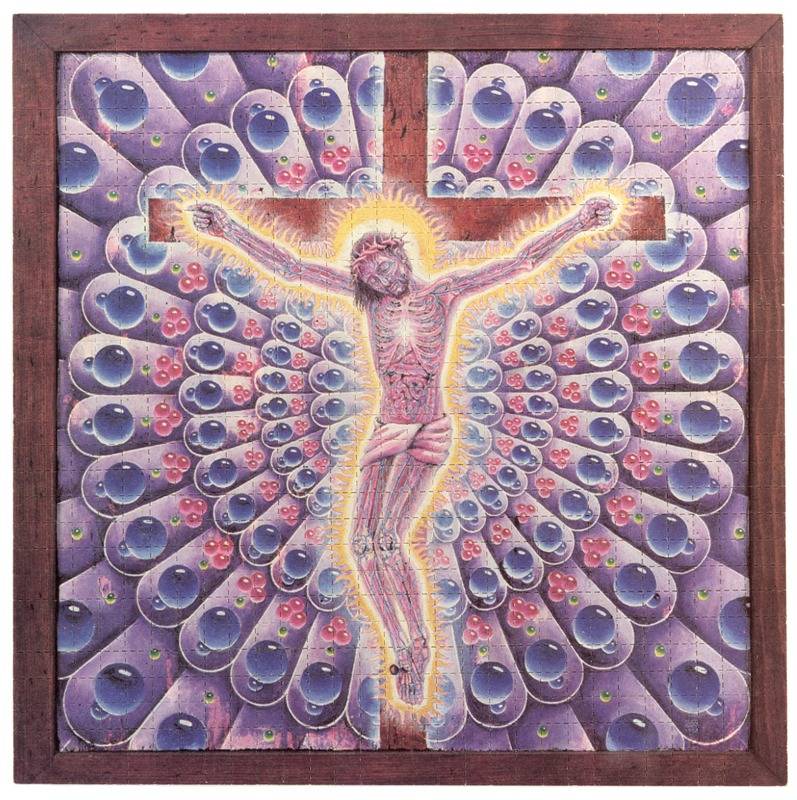
Purple Jesus. Art by Alex Grey, 1992. (via Blotter Barn)
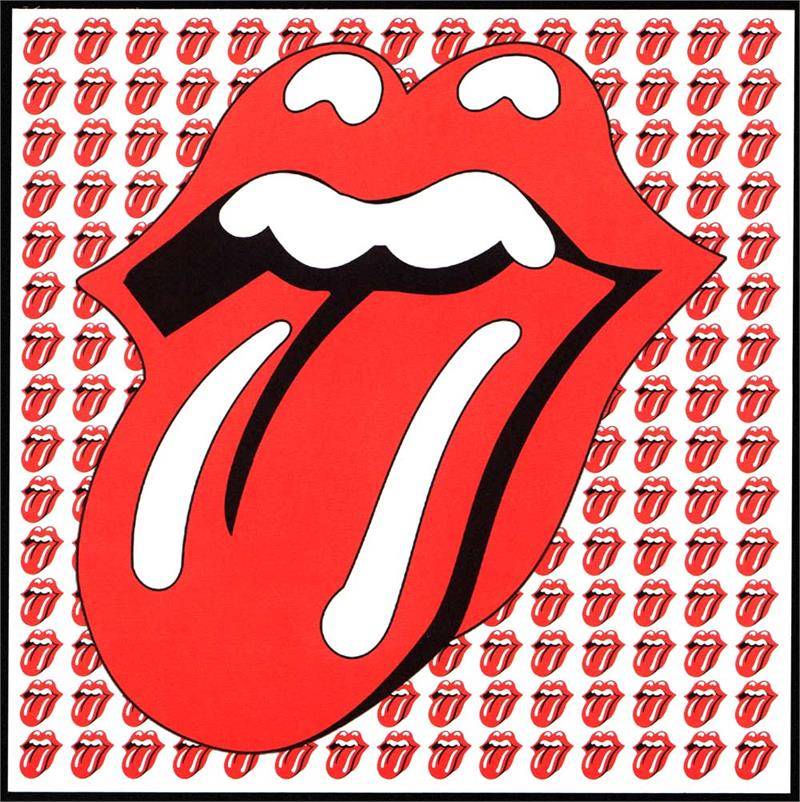
Rolling Stones, unknown. (via Blotter Art)
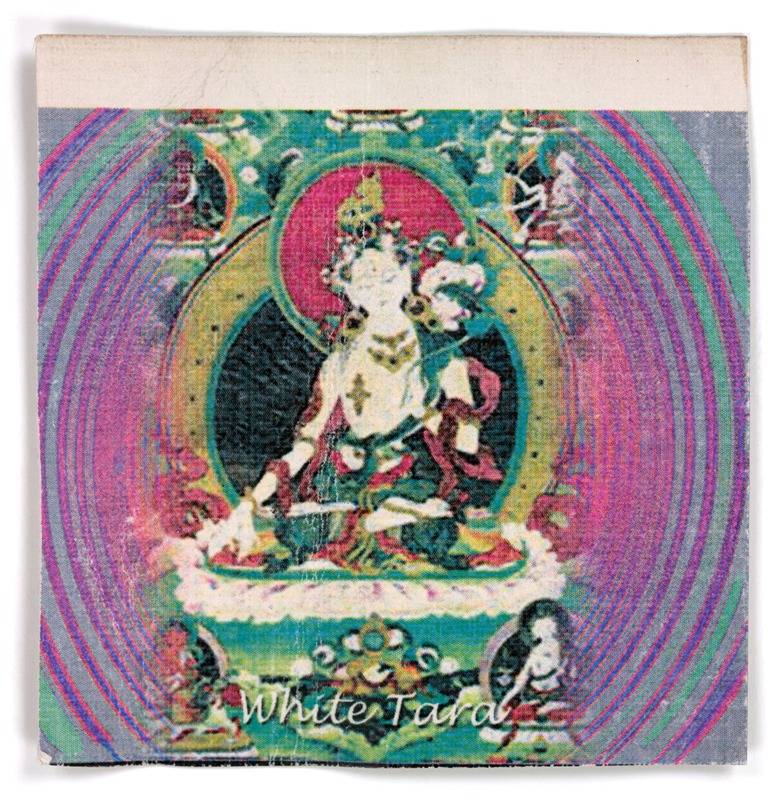
White Tara, 2003. (via Blotter Barn)
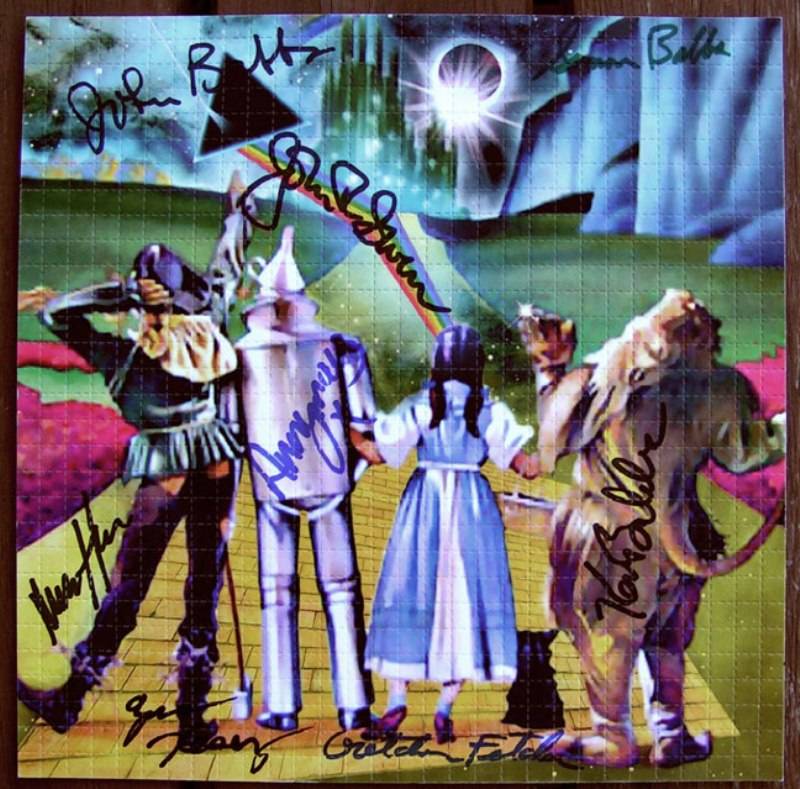
Wizard of Oz, unknown. Signed by the Merry Pranksters. (source unknown)

